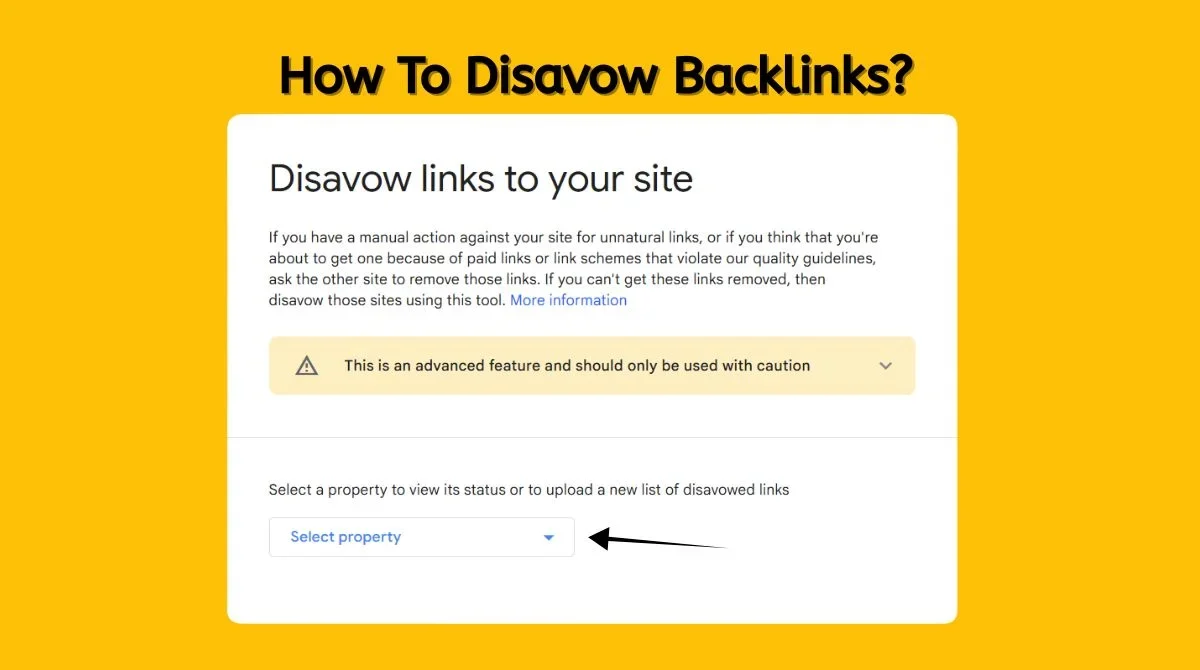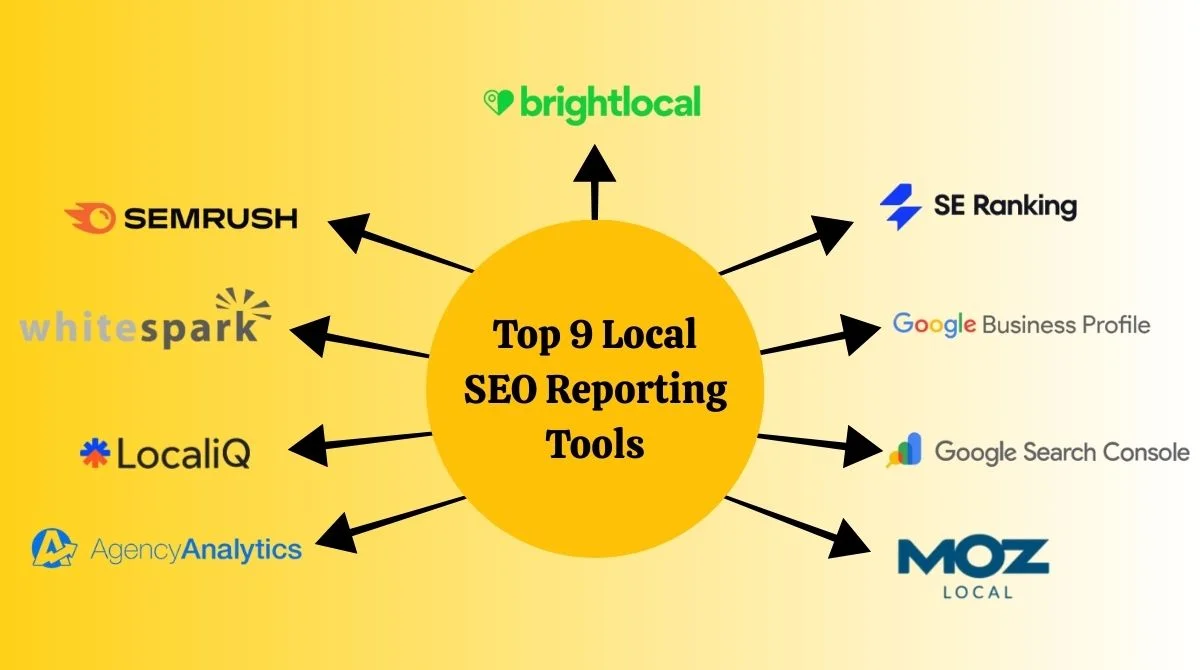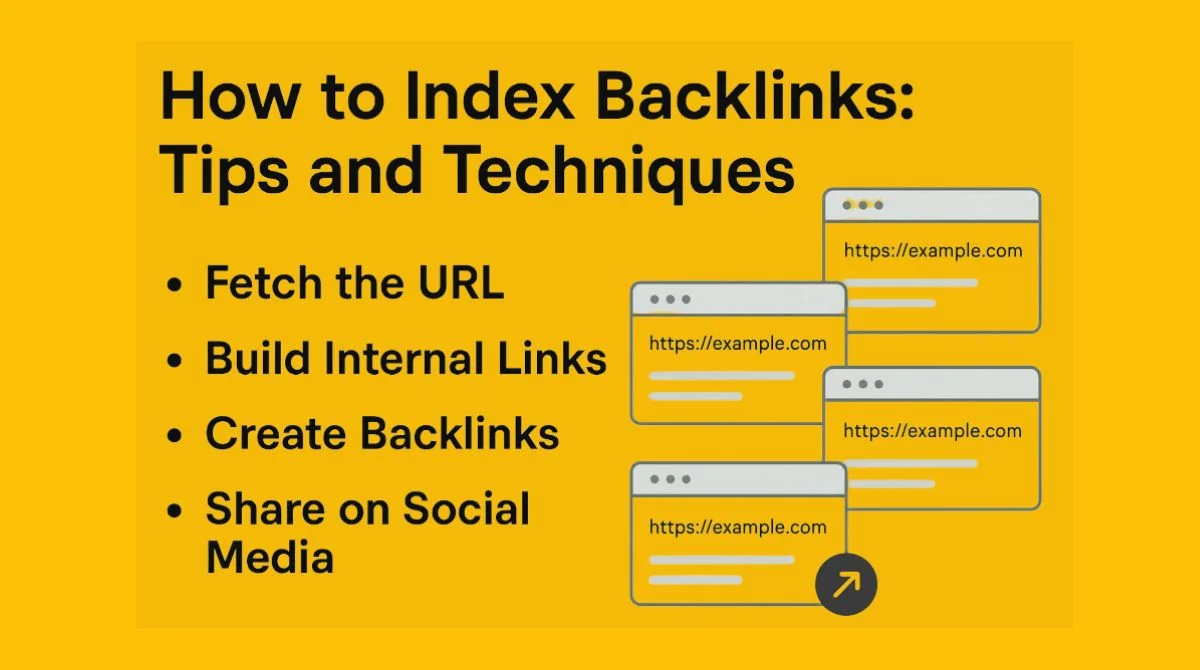- What Does Disavowing Backlinks Mean?
- Why You Need to Disavow Backlinks?
- When Should You Disavow Backlinks?
- How to Identify Toxic Backlinks?
- Step-by-Step Guide: How to Disavow Backlinks
- Best Practices for Disavowing Backlinks
- Common Mistakes to Avoid
- How Long Does Disavowing Take to Work?
- Monitoring Results After Disavowing
- Alternatives to Disavowing Backlinks
- Frequently Asked Questions
- Final Thoughts on Disavowing Backlinks
Toxic backlinks can seriously damage your website’s search rankings. If you’re wondering how to disavow backlinks safely and effectively, this guide covers everything you need to know.
Google’s algorithm continues to evolve in 2025, making it crucial to maintain a clean backlink profile. The disavow tool remains an important ranking factor that can help remove penalties and improve your site’s performance.
What Does Disavowing Backlinks Mean?
Disavowing backlinks means telling Google to ignore certain links pointing to your website. When you disavow links, you’re asking Google not to consider these backlinks when ranking your site.
This process helps protect your website from harmful or spammy links that could hurt your search rankings. It’s like putting up a shield between your site and bad neighborhoods on the internet.
Why You Need to Disavow Backlinks?
Google’s algorithm updates in 2025 have become stricter about link quality, making it crucial to maintain a clean backlink profile. Here are the main reasons why disavowing matters:
- Protect Against Google Penalties: Bad backlinks can trigger manual penalties from Google. These penalties can drop your rankings overnight or completely remove your site from search results.
- Maintain Search Ranking Stability: For smaller websites highly dependent on organic rankings for business success, backlink disavowing is especially recommended. Clean backlink profiles lead to stable rankings.
- Prevent Negative SEO Attacks: Competitors may create spammy links to your site to harm your rankings. Disavowing helps neutralize these attacks.
When Should You Disavow Backlinks?
Not every bad link needs disavowing. Here’s when you should consider it:
- You Have a Manual Penalty: If Google has sent you a manual penalty notice in Search Console, disavowing toxic links is essential for recovery.
- Sudden Ranking Drops: If you notice sudden traffic declines, conducting a thorough backlink audit to identify and disavow toxic links may help reverse this decline.
- High Volume of Spammy Links: When you have many low-quality links from irrelevant or suspicious websites, disavowing becomes necessary.
- Before Major SEO Campaigns: Clean your backlink profile before launching new SEO efforts to ensure maximum effectiveness.

How to Identify Toxic Backlinks?
Before disavowing, you need to identify which links are actually harmful:
Check Link Relevance
Links from completely unrelated industries (like gambling links to a gardening site) are clear candidates for disavowing.
Analyze Domain Quality
Look for these red flags in linking domains:
- Very low domain authority scores.
- Websites with thin or duplicate content.
- Sites with excessive advertising.
- Foreign language sites unrelated to your business.
- Adult or gambling sites (unless relevant).
Review Link Context
Examine how your links appear on other sites:
- Links are buried in footers with many other links.
- Links on pages with no real content.
- Links with over-optimized anchor text.
- Links from obvious link farms.

Use Professional Tools
Tools like Ahrefs, SEMrush, or Moz can help identify potentially toxic links through toxicity scores and spam indicators.
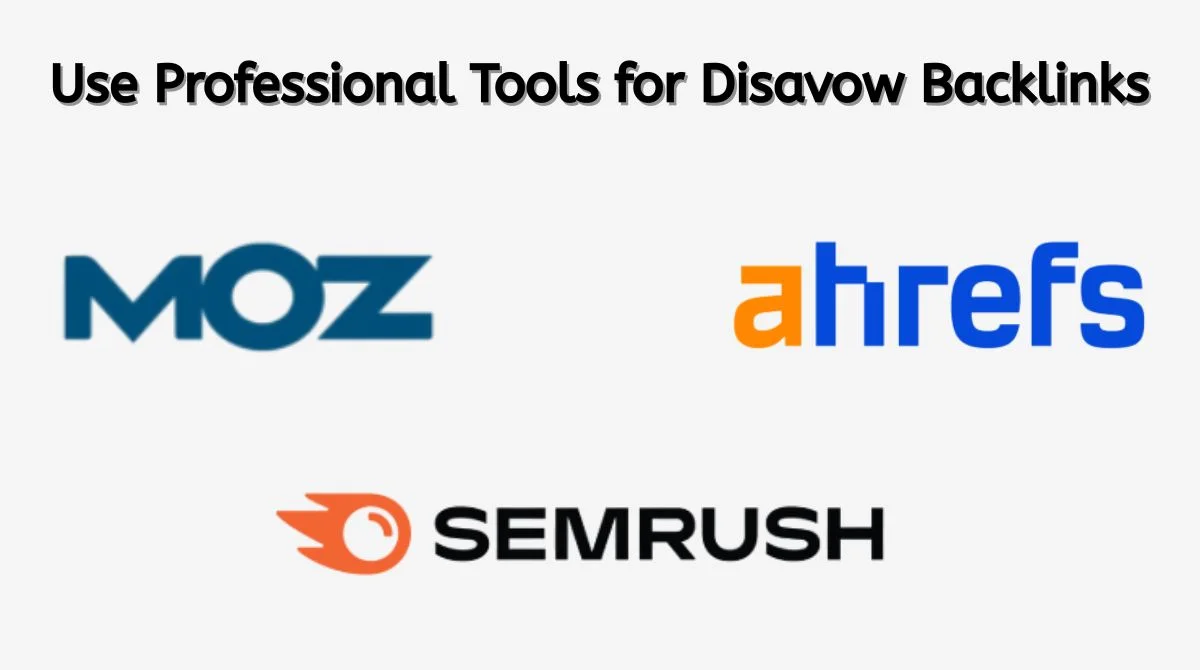
Step-by-Step Guide: How to Disavow Backlinks
Step 1: Export Your Backlink Data
Go to your Google Search Console account, navigate to Links -> Top linking sites, and click on the Export button to download all the backlinks as a Google Sheet, Excel, or CSV file.
Google Search Console provides detailed backlink data under Search Console → Links → External Links for analysis.
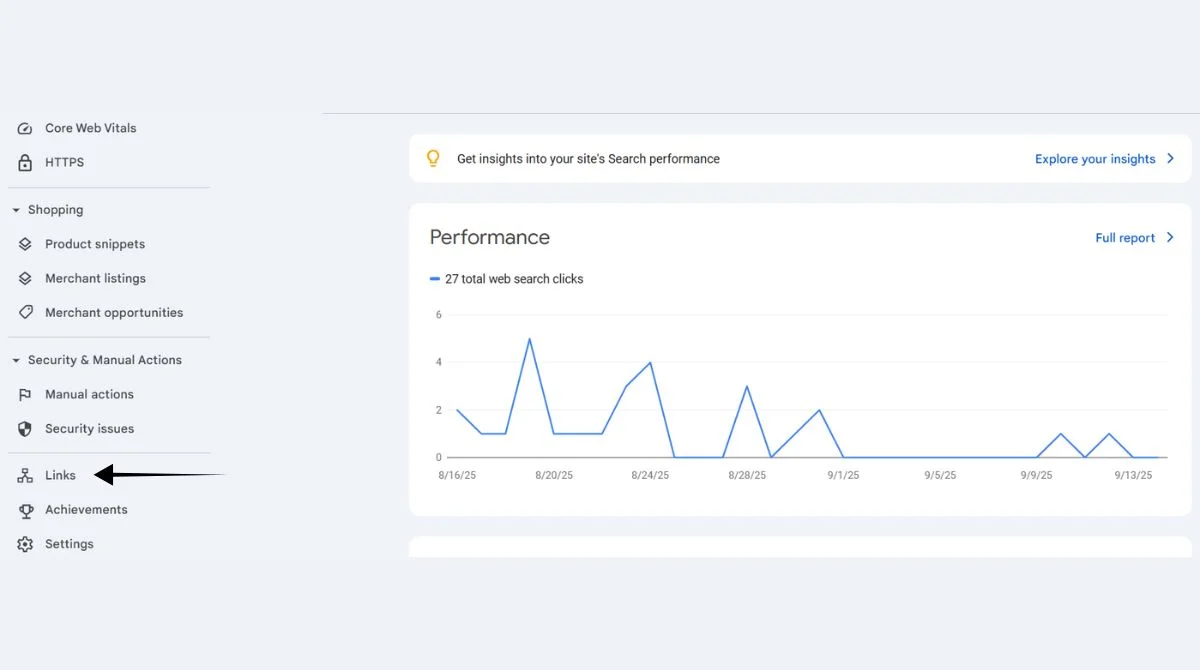
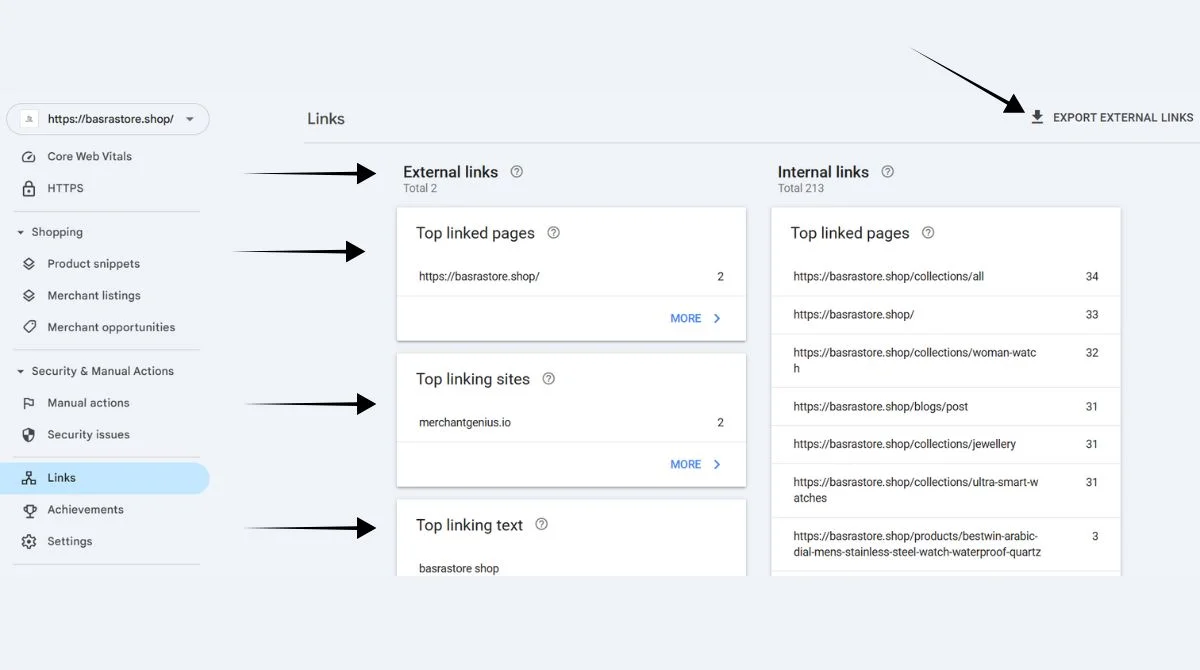
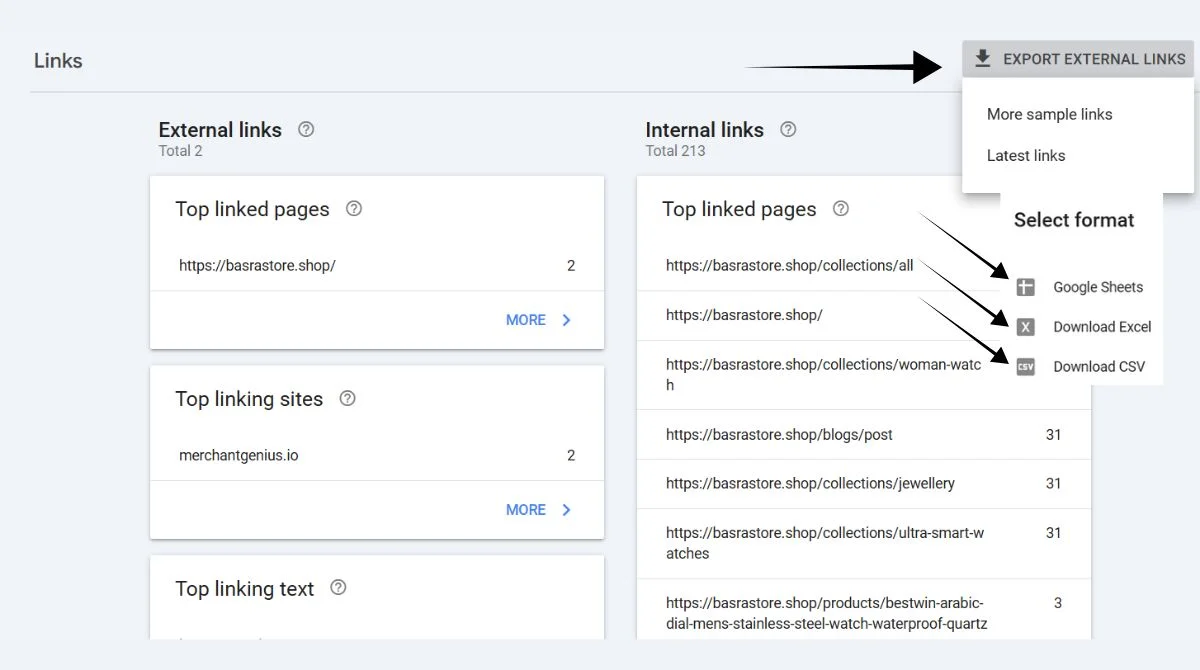
Step 2: Analyze and Identify Toxic Links
Open your exported file and review each domain manually. Look for:
- Irrelevant or suspicious domains.
- Sites with poor content quality.
- Links from known spam networks.
- Unnatural link patterns.
Create a list of domains and individual URLs you want to disavow.
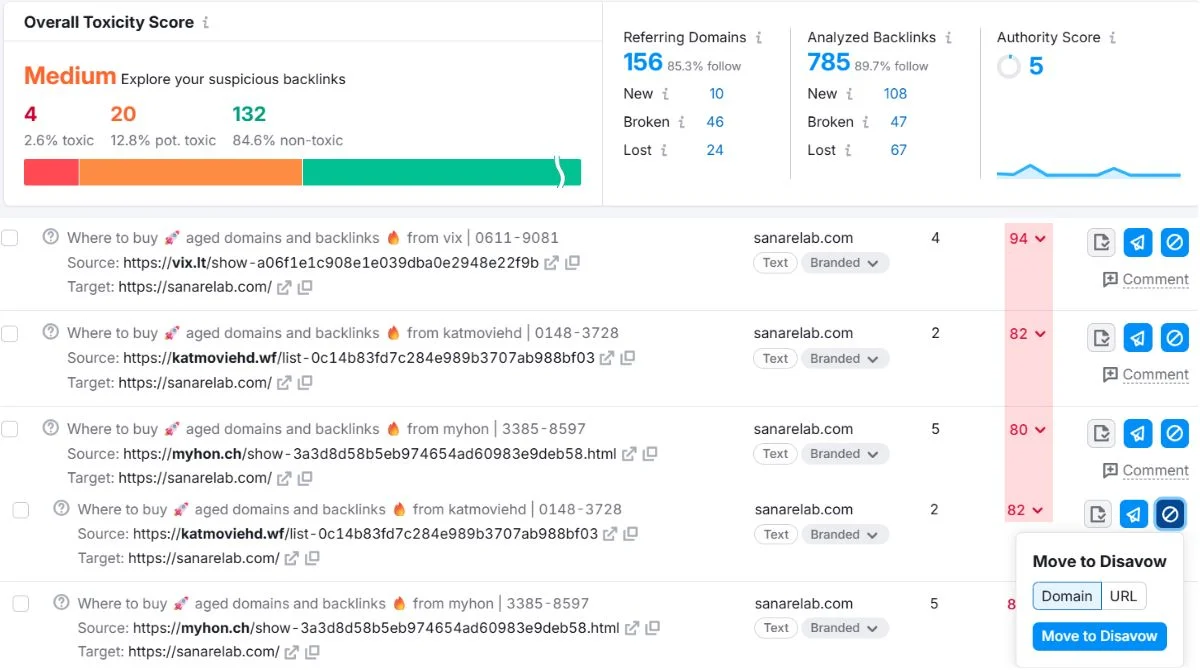
Step 3: Try Manual Link Removal First
Google and most SEO professionals recommend trying to remove harmful links manually before using the disavow tool. Contact website owners and request link removal. Keep records of your outreach attempts.

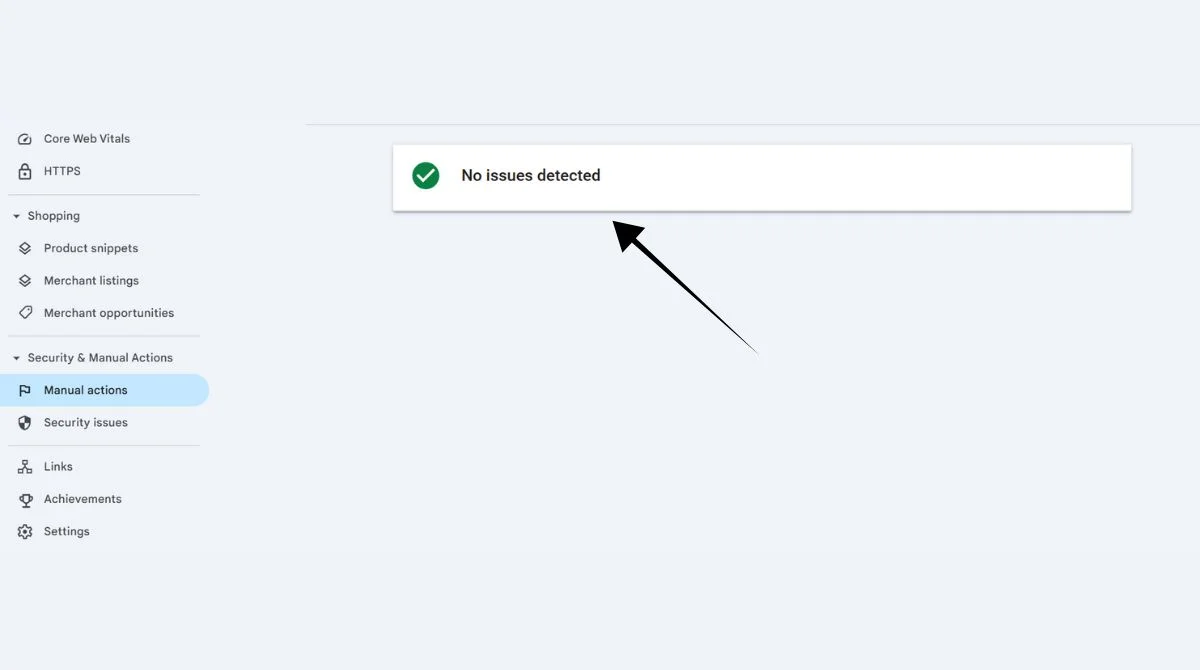
Step 4: Create Your Disavow File
Create a text file (.txt) with your disavow list. Use this format:
# Disavow individual pages:
-
http://spam-site.com/bad-page.html
-
http://another-spam.com/link-page.html
# Disavow entire domains:
-
domain:spam-domain.com
-
domain:another-bad-site.com
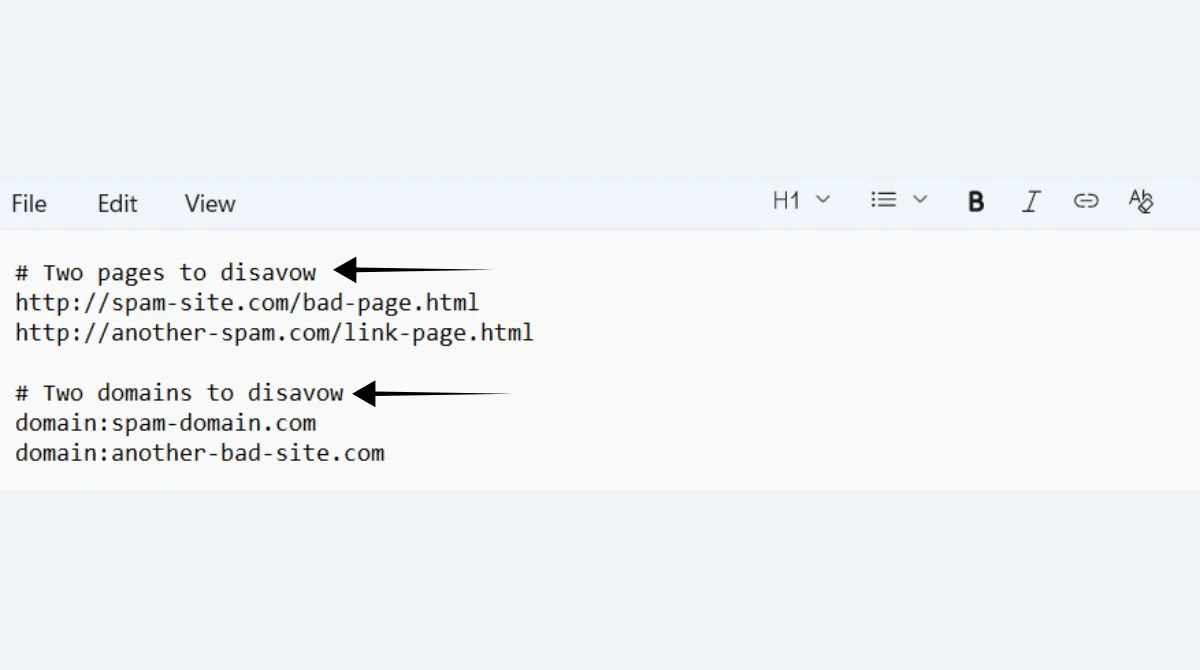
Step 5: Upload to Google’s Disavow Tool
Open the Google Disavow Tool page within Google Search Console, select your property (website), and upload your disavow links list.
If there are any errors in the file, Google will notify you.

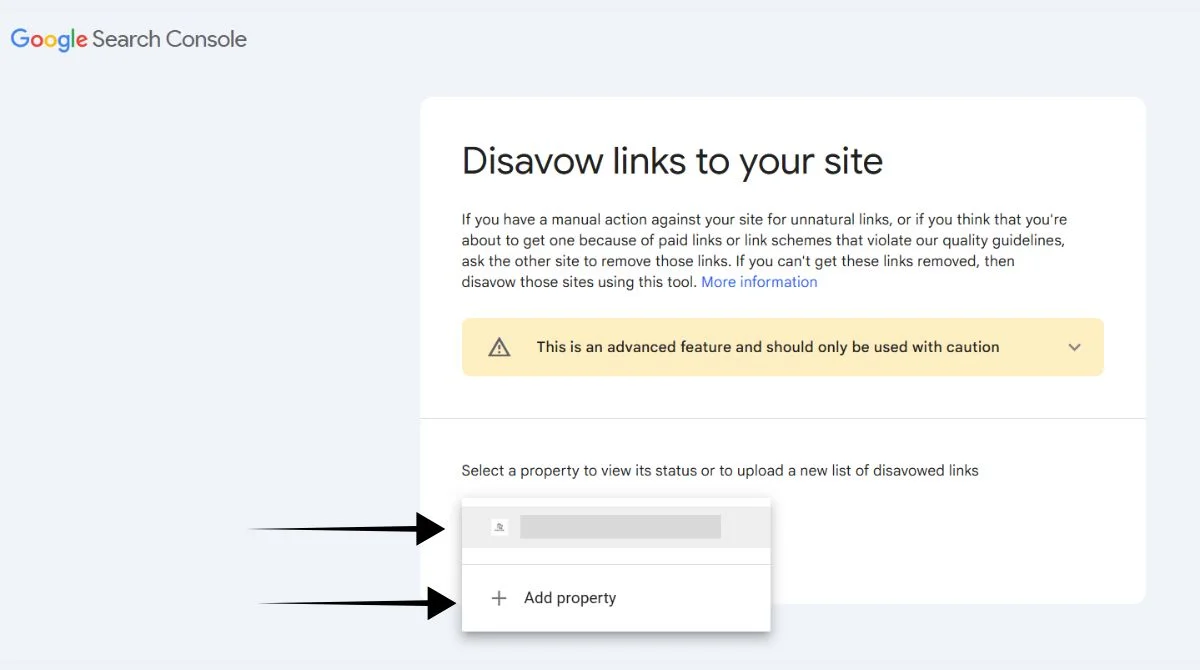
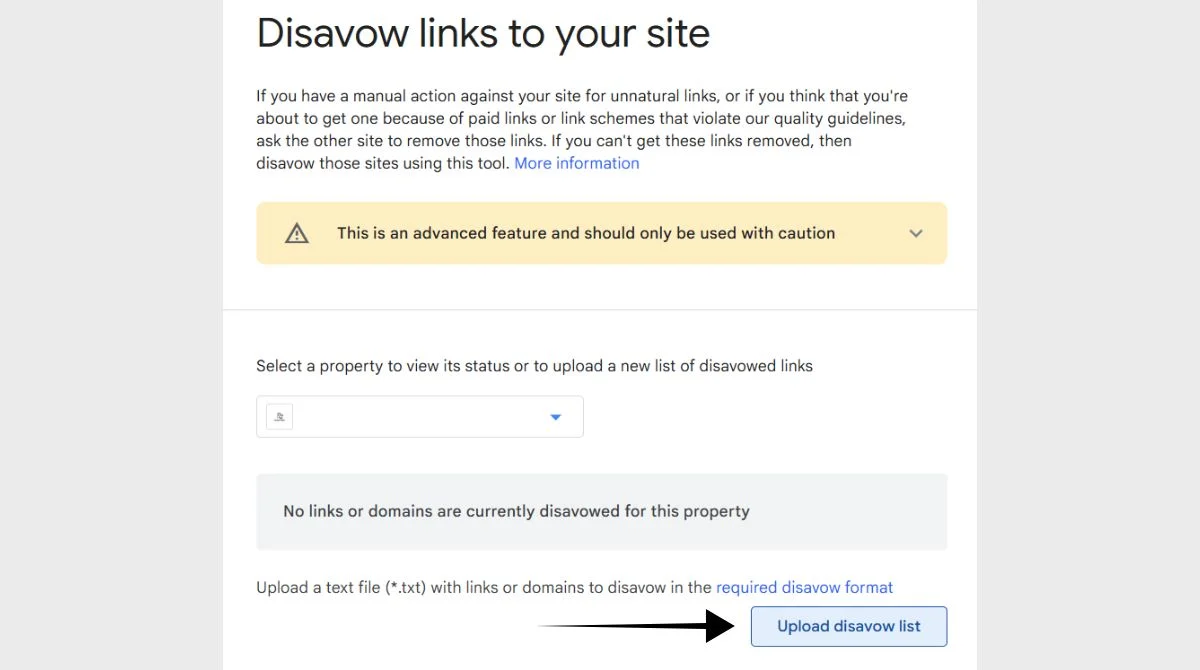
Best Practices for Disavowing Backlinks
Be Conservative with Disavowing
You should only disavow backlinks when they present a clear danger to your site’s search visibility. Don’t disavow links just because they have low authority. Focus on genuinely harmful links.
Regular Backlink Monitoring
Regularly analyze your backlink profile to identify and address any potential problems. Set up monthly backlink audits to catch issues early.
Document Your Process
Keep detailed records of:
- Which links you disavowed and why?
- Attempts to contact site owners.
- Dates of disavow file uploads.
- Results and ranking changes.
Focus on Quality Over Quantity
In 2025, high-quality, relevant backlinks will be even more valuable. Instead of disavowing mediocre links, focus energy on earning high-quality backlinks.
Common Mistakes to Avoid
- Disavowing Good Links: Never disavow links from reputable sites, even if they seem irrelevant. These links might still provide value.
- Mass Disavowing Without Analysis: Don’t use automated tools to disavow hundreds of links without manual review. This can harm your rankings.
- Not Trying Manual Removal First: Always attempt to contact site owners before using the disavow tool. Manual removal is preferred.
- Frequent File Updates: Don’t update your disavow file too often. Google needs time to process changes.
How Long Does Disavowing Take to Work?
Disavowing backlinks isn’t instant. Here’s what to expect:
- Google reviews disavow files during regular crawling.
- Changes can take weeks or months to show effect.
- Some links might be ignored immediately.
- Full impact depends on your site’s crawl frequency.
Be patient and monitor your rankings over time rather than expecting immediate results.
Monitoring Results After Disavowing
- Track Ranking Changes: Monitor your target keywords weekly to see ranking improvements after disavowing.
- Watch Traffic Patterns: Check Google Analytics for organic traffic changes following your disavow submission.
- Review Search Console Messages: Monitor manual action notifications and penalty removals in Search Console.
- Analyze Backlink Profile Health: Use SEO tools to track improvements in your overall backlink quality scores.
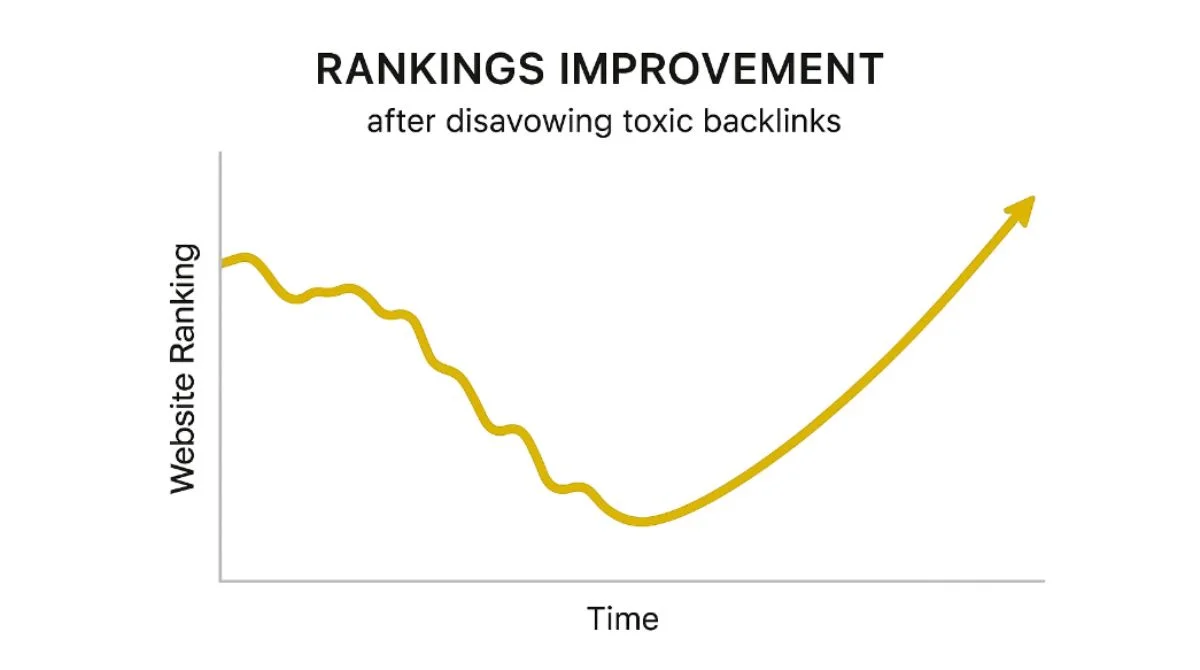
Alternatives to Disavowing Backlinks
- Focus on Quality Link Building: Build high-quality backlinks to dilute the impact of bad ones. Good links can outweigh poor ones over time.
- Improve Content Quality: Improving the quality of backlinks naturally happens when you create valuable content that attracts quality sites.
- Technical SEO Improvements: Strong technical SEO can help your site recover from minor link-related issues.
- Monitor and Prevent: Set up alerts for new backlinks to catch problems early before they impact rankings.
Frequently Asked Questions
Q1. How often should I disavow backlinks?
Only disavow when you identify genuinely harmful links or receive a manual penalty. Most sites don’t need frequent disavowing.
Q2. Can disavowing backlinks hurt my SEO?
Yes, if done incorrectly. Never disavow good links from reputable sites, even if they seem irrelevant.
Q3. How long does it take for disavowed links to stop affecting rankings?
Google processes disavow files during regular crawling, which can take weeks to months depending on your site’s crawl frequency.
Q4. Should I disavow all low-authority backlinks?
No. Low authority doesn’t mean harmful. Only disavow links from spam sites, irrelevant industries, or obvious link schemes.
Q5. Do I need to contact site owners before disavowing?
Google recommends trying manual removal first. Contact site owners and document your attempts before using the disavow tool.
Final Thoughts on Disavowing Backlinks
Disavowing backlinks is a powerful tool, but should be used carefully. Only disavow truly harmful links that pose clear risks to your search performance. Focus on building quality backlinks through great content rather than constantly disavowing mediocre ones. Google’s algorithms can handle most low-quality links automatically.

